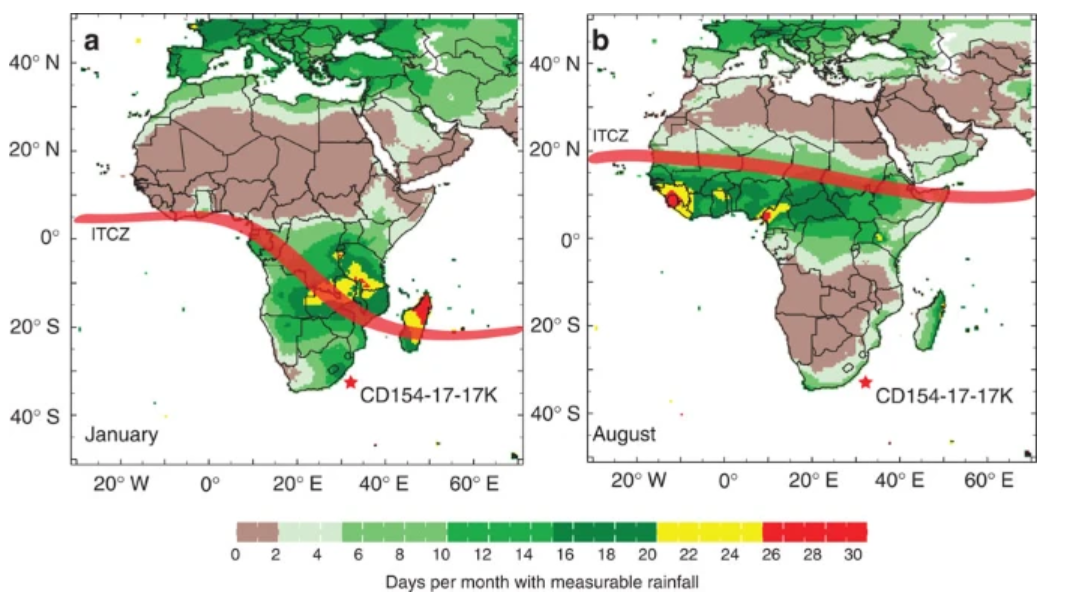Floods and Droughts in Kenya

My previous post discussed the variability of precipitation and the effects of climate change causing an increase in the frequency and intensity of floods and droughts. To put the social impacts of this into perspective I will use Kenya, which is no stranger to floods and droughts having experienced both annually since the start of the millennium ( UNICEF, 2017 ), as an example. Agriculture is key to the Kenya's economy as it provides a large fraction of the GDP ( Marshall, 2011 ). W ith a population of 47 million (C ensus , 2019 ), over half work in agriculture and are therefore dependent on the climate - particularly with regards to rain-fed agriculture ( Murphy et al, 2017 ). Water scarcity is a problem in Kenya, it results from extreme weather, contaminated water sources, and increasing demand due to population growth ( Marshall, 2011 ). This negatively contributes to a whole host of socio-economic factors such ...
